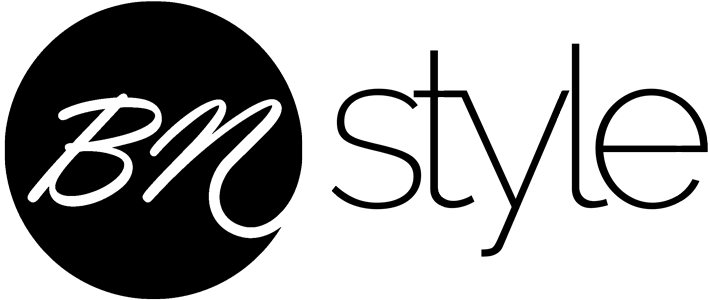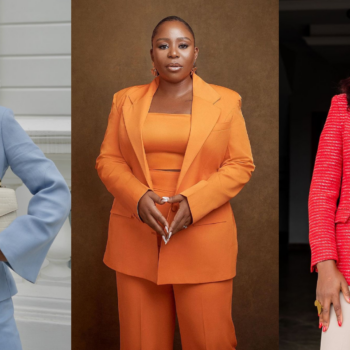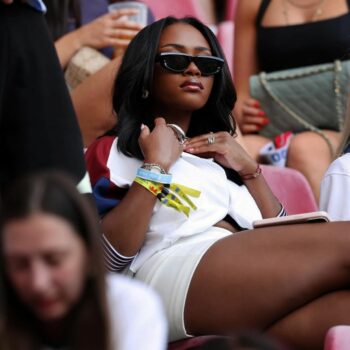The world of fashion design is a thrilling one, filled with creativity and endless possibilities. However, turning your passion into a profitable venture requires a keen eye for business as well as style. One crucial aspect is ensuring that you can pay yourself a salary. In this article, we’ll explore how a fashion designer can create a sustainable income stream, what their personal income should consist of, how to manage profit margins, and ways to ensure every dress pays for indirect costs.
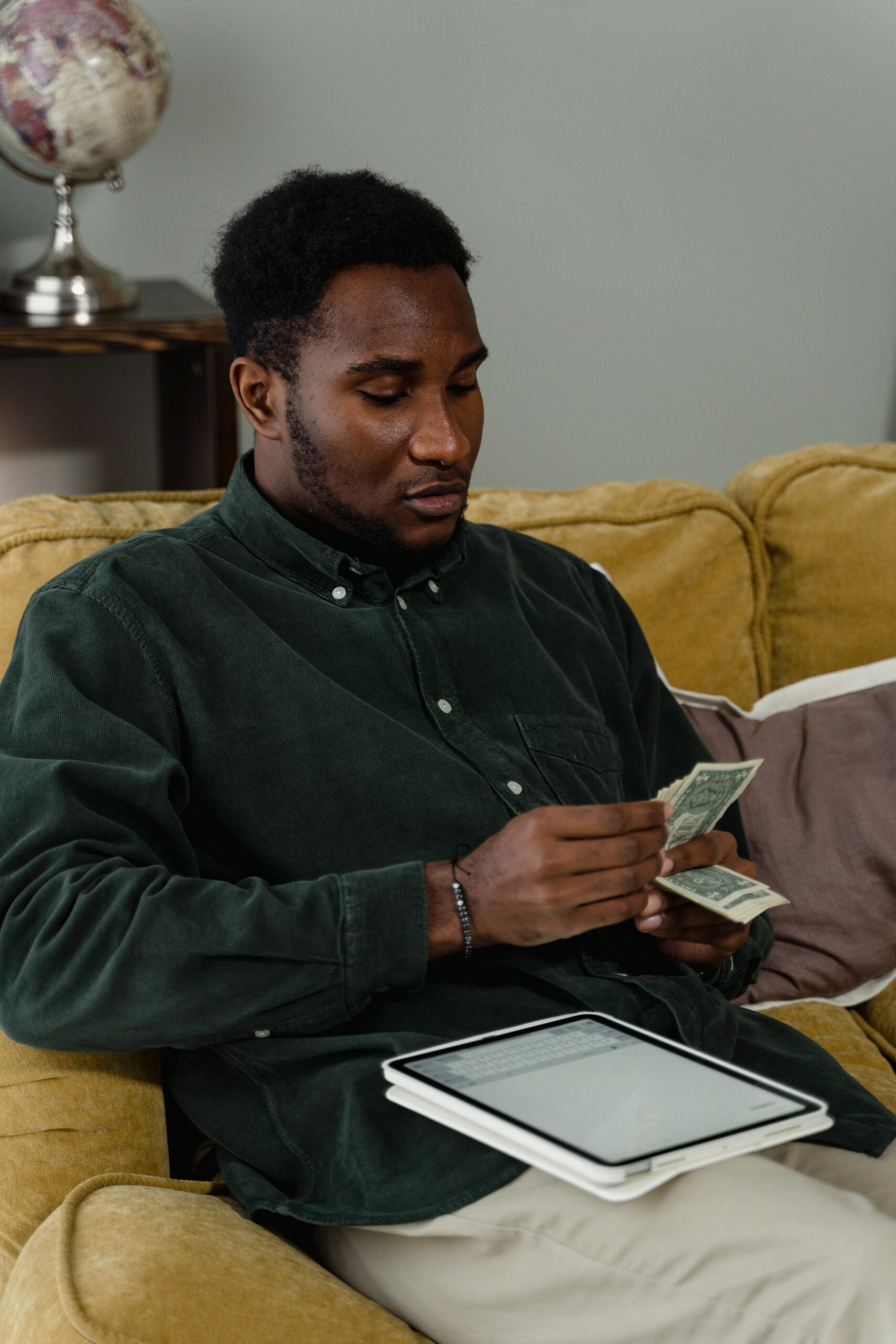
Personal Income Components: Design Fees: As a fashion designer, your core income source will be the design fees you earn from creating custom pieces for clients. These fees should be structured based on your time, skills, and the complexity of the designs.
Retail Sales: If you have your own line of clothing and accessories, income from retail sales will play a significant role. Make sure to pay yourself a portion of the profit generated from these sales.
Consulting and Teaching: Leveraging your expertise by offering design consultations or teaching fashion design classes can be another source of income.
Showroom Rentals: If you have a physical showroom where you display and sell your designs, consider renting it out to other designers when it’s not in use. This can bring in extra income.
 Managing Profit Margins: Profit margin management is crucial for a sustainable fashion business: Pricing Strategy: Determine your pricing strategy carefully, considering both your costs and market demand. Don’t underprice your designs; this can hurt your profit margins.
Managing Profit Margins: Profit margin management is crucial for a sustainable fashion business: Pricing Strategy: Determine your pricing strategy carefully, considering both your costs and market demand. Don’t underprice your designs; this can hurt your profit margins.
Cost Control: Keep a close eye on production costs, including materials, labour, and overhead. Regularly review and negotiate with suppliers for better deals.
Inventory Management: Minimize excess inventory as it ties up your capital. Use sales and promotions strategically to move slow-moving items.
Marketing: Invest in marketing efforts to boost brand recognition and sales, which can positively impact your profit margins over time.
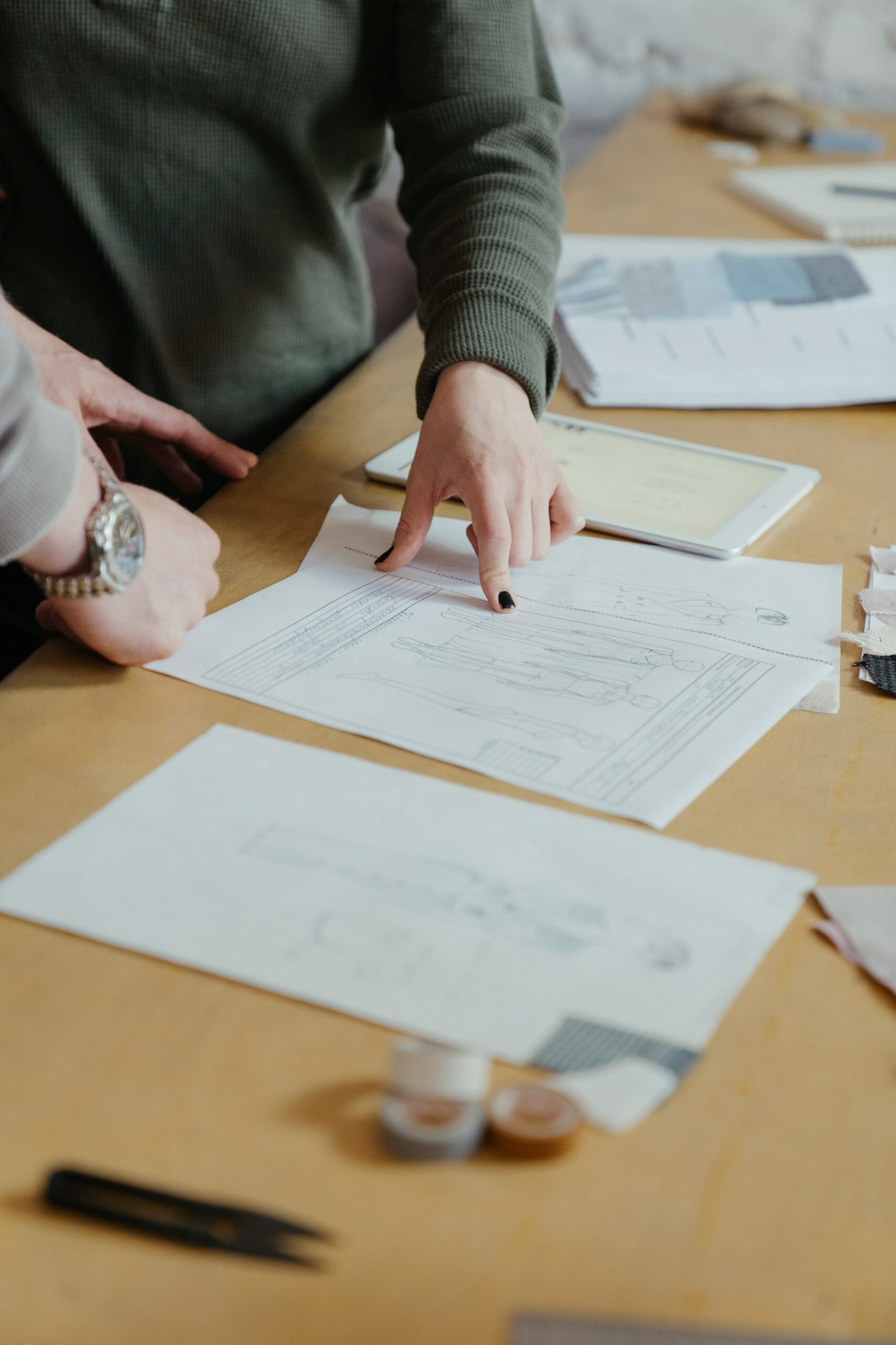 Understanding Different Costs: Fashion designers face various costs in their business: Direct Costs: These are the expenses directly tied to creating your designs, such as material costs, labor costs, and production equipment.
Understanding Different Costs: Fashion designers face various costs in their business: Direct Costs: These are the expenses directly tied to creating your designs, such as material costs, labor costs, and production equipment.
Indirect Costs: Indirect costs are the expenses associated with running your business but not directly tied to a specific product. These include rent, utilities, marketing, and administrative salaries.
Overhead Costs: Overhead costs are those required to keep your business running, like office rent, insurance, and office supplies.
Ensuring Every Dress Pays for Indirect Costs: To make sure each dress contributes to covering your indirect costs: Accurate Costing: Precisely calculate the direct costs of each dress, including materials, labour, and production costs. Add a markup to ensure profitability.
Production Efficiency: Streamline your production process to reduce labour costs and material wastage.
Pricing Strategy: Set your prices strategically, taking into account both direct and indirect costs. Consider different pricing models, such as cost-plus or value-based pricing.
Regular Evaluation: Continuously assess your financial performance and adjust your pricing and cost-cutting strategies as needed to ensure each dress contributes to covering indirect costs.
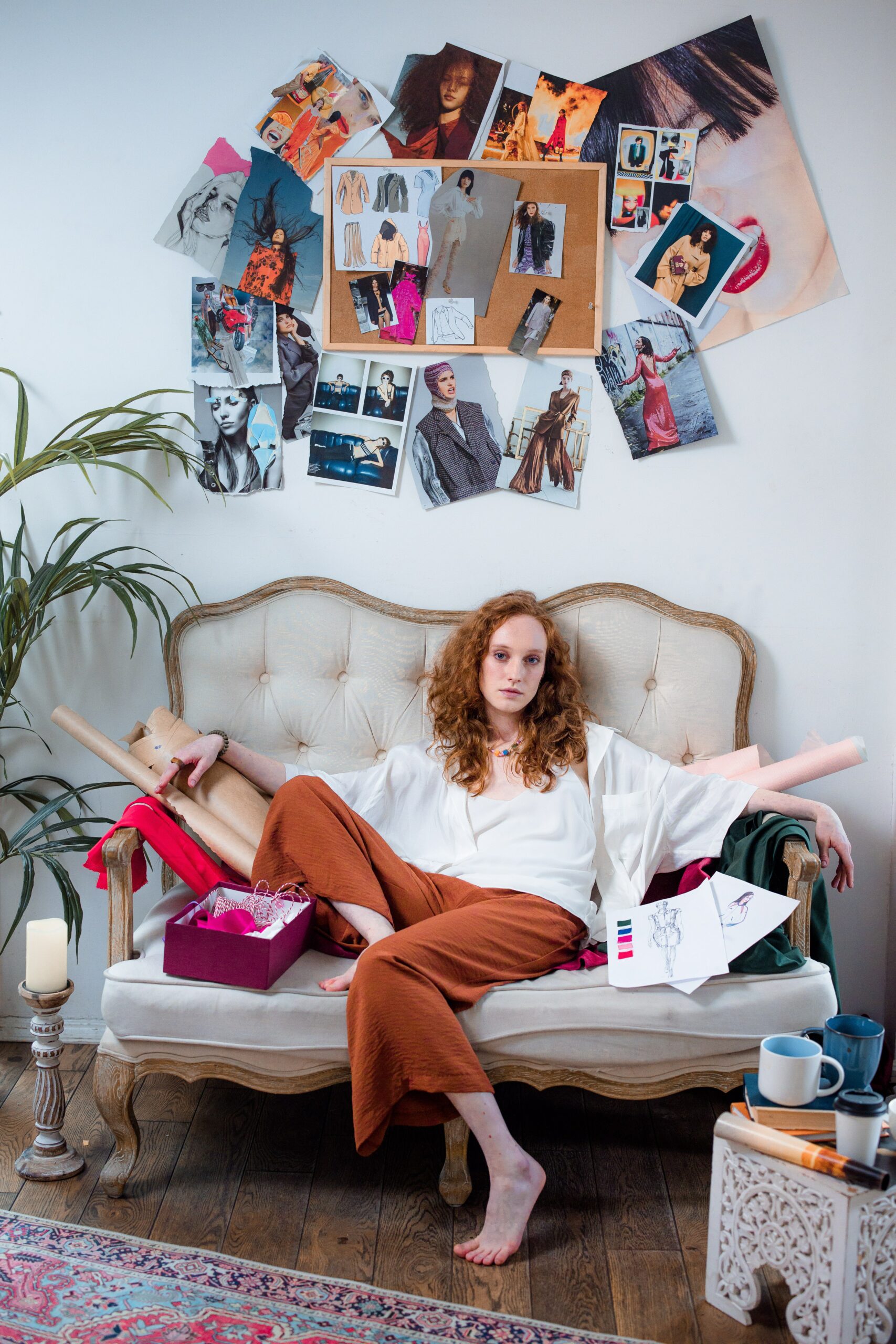
Conclusion: Paying yourself as a fashion designer is not only possible but essential for a sustainable and thriving career. By carefully structuring your personal income sources, managing profit margins, understanding different costs, and ensuring that every dress pays for indirect costs, you can create a successful and rewarding fashion business that allows you to pursue your passion while securing your financial future. As your designs captivate the world, let your business acumen shine as well.
